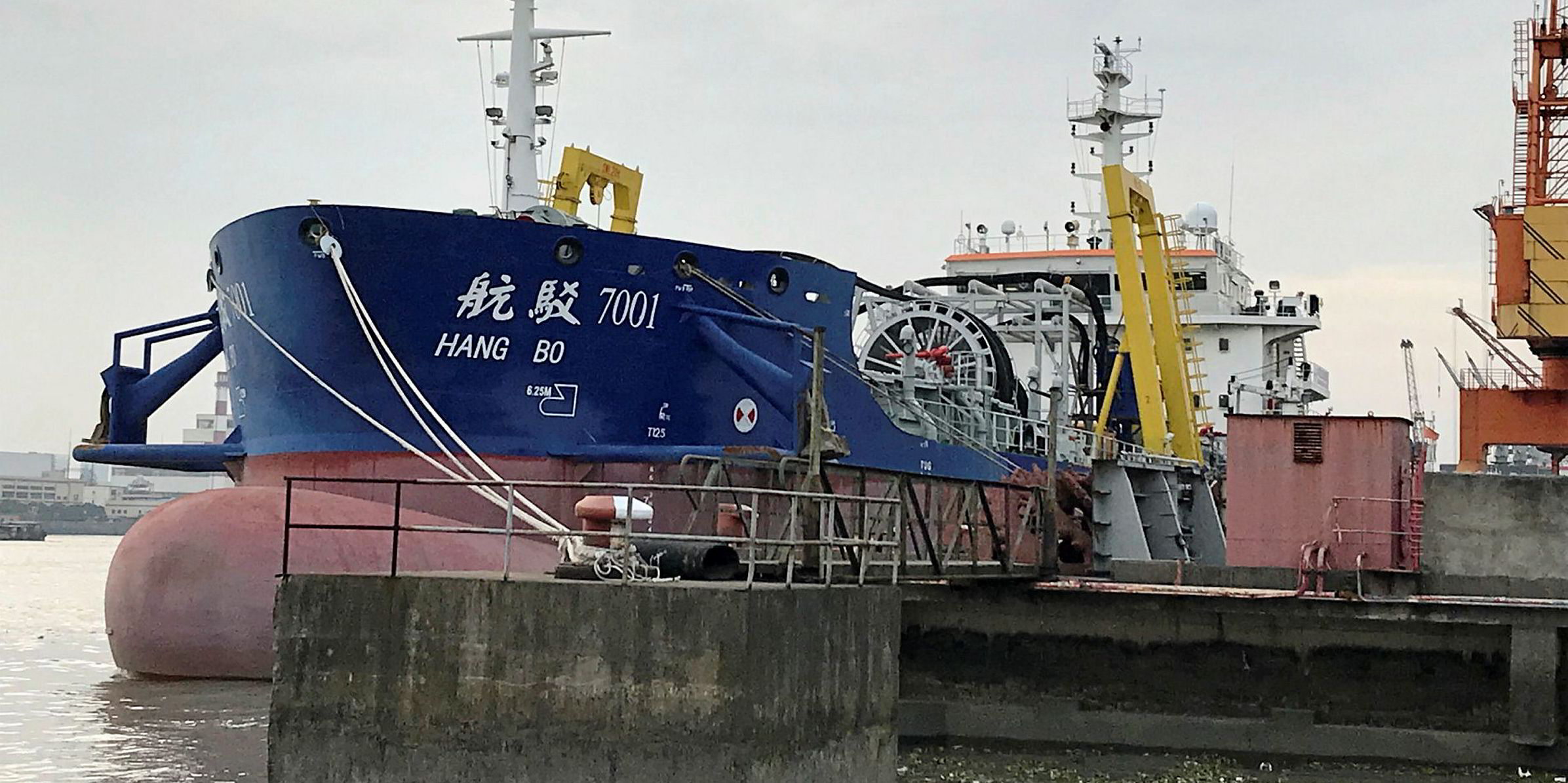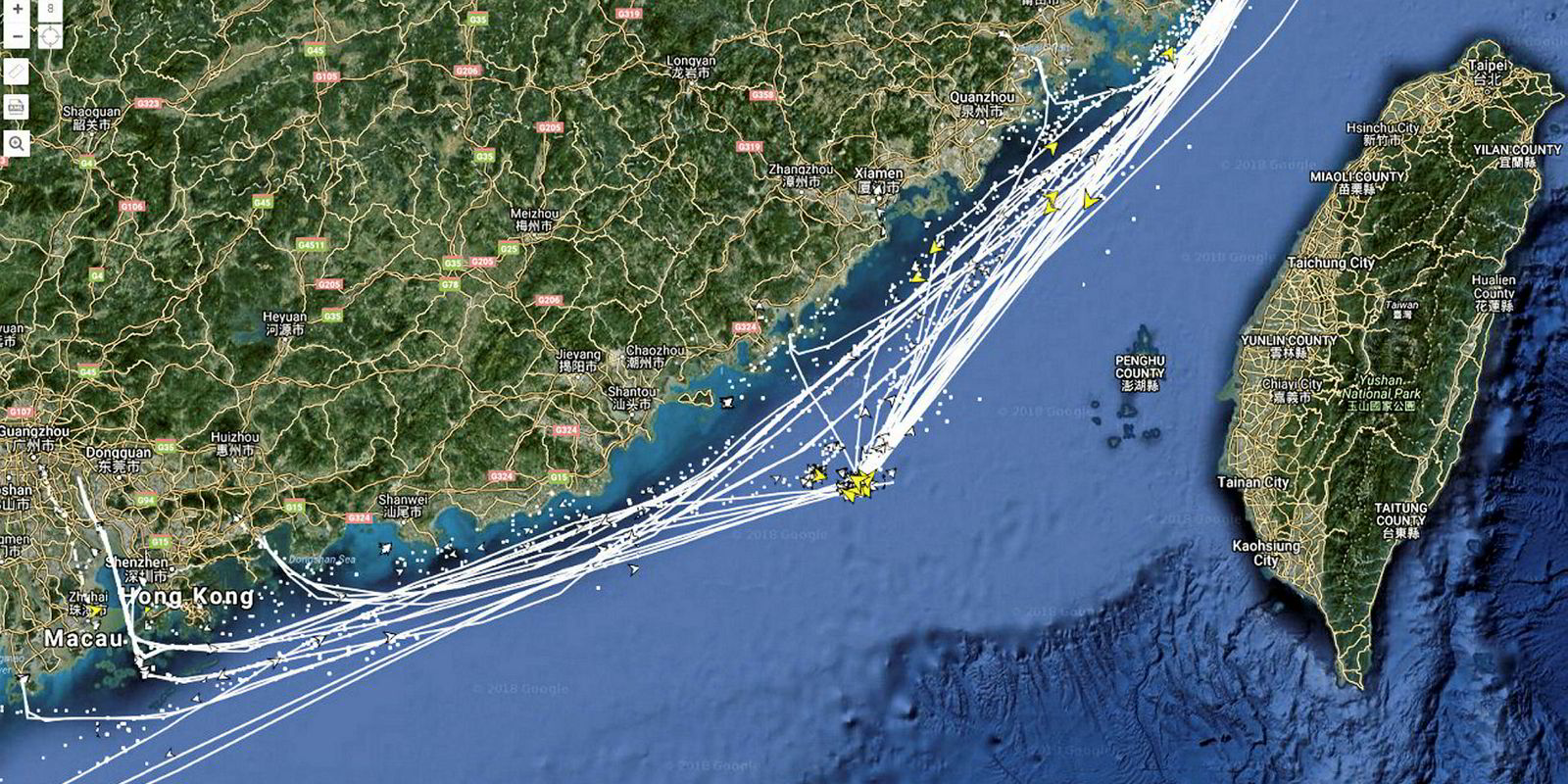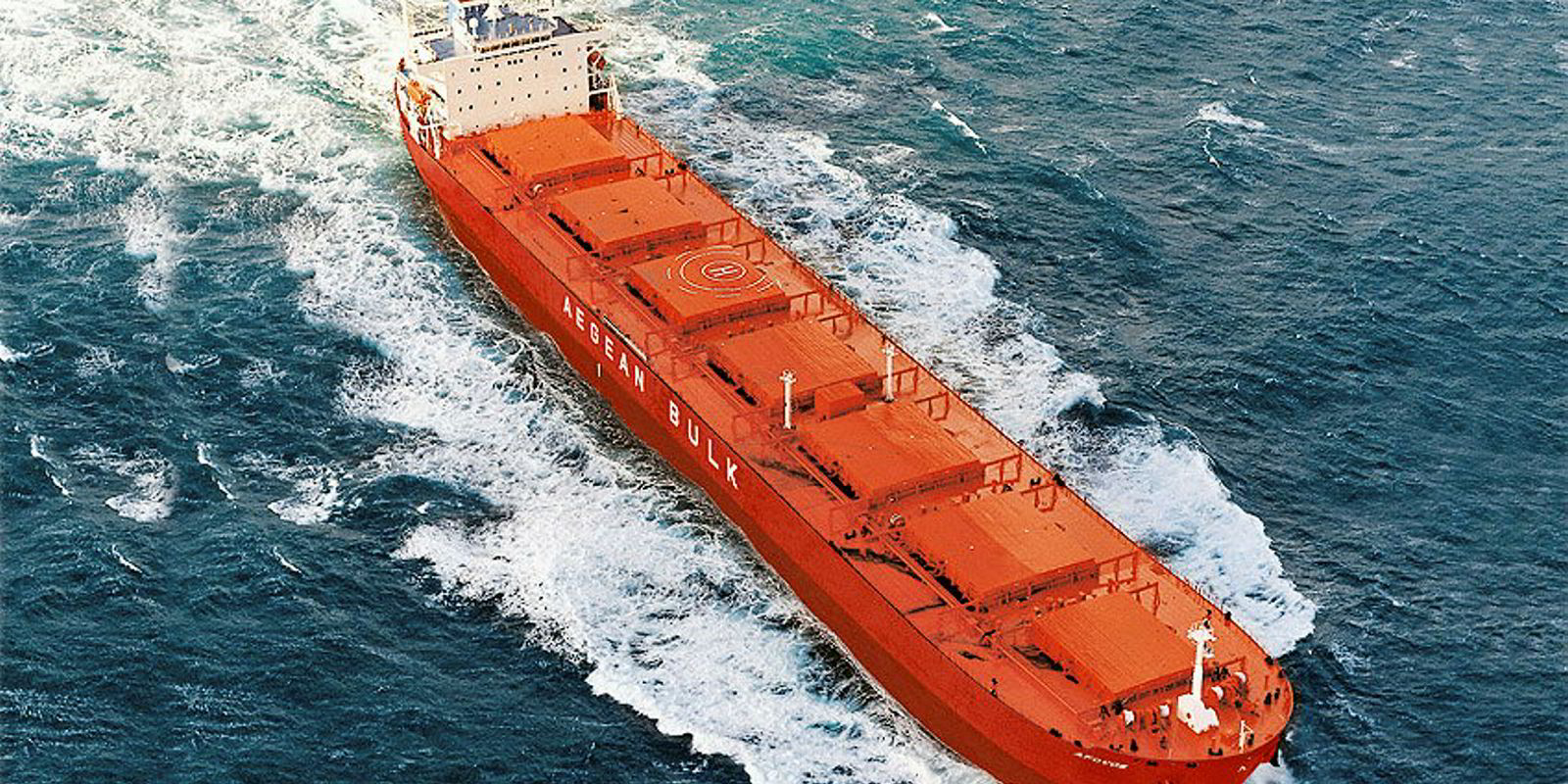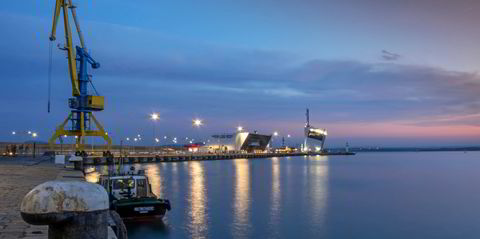A small group of shipowners is quietly adding energy to the Chinese coastal market in an unconventional backhaul trade, loading far out at sea in a small fleet of bulkers up to post-panamax size.
Few participating in the trade are willing to talk about it, and some technical experts are sceptical about its economic feasibility.
But dozens of vessel tracks point to a busy square on the map in the middle of the Taiwan Strait as the loading point for increasing volumes of an unreported cargo.
The ships involved are owned by a group of some 15 to 20 private owners, mainly based in Ningbo and other Zhejiang province cities, and nearly all using secondhand tonnage they have imported into the Chinese flag in the last two years. Officials of two companies involved have confirmed it to TradeWinds, and then gone silent.
The trade has taken off since the beginning of March, when ships began regularly showing up empty some 80 kilometres off Shantou in Guangdong province and going away laden.
"With sea sand from dredgers with their AIS turned off," said one Chinese shipowner in the coastal region who has insight into the trade. "It's in a grey zone. It's cash business, done by phone within a small group. There is no fixture recap."
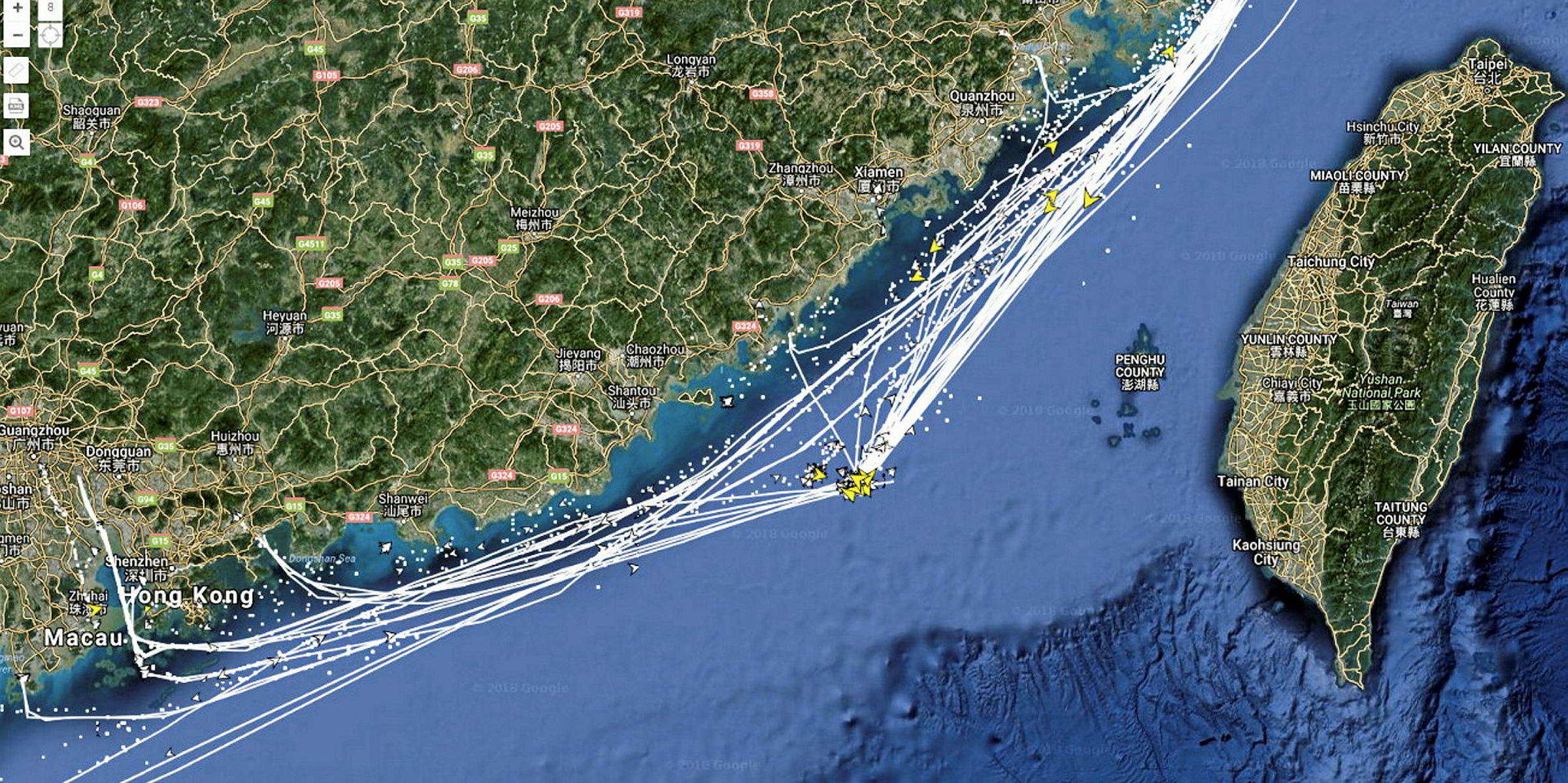
"Generally I do not like the overdredging in the coastal areas, as that causes severe environmental damage [and] leaves many marine species nowhere to stay," he said. "[Despite that,] it's a lucrative business for those who own the dredgers."
As for the bulkers, the same shipowner says it is impossible to keep track of going freight rates without being actively involved in the trade, but he has heard CNY 35 ($5.80) per tonne cited at one time, although the discharge port was not known. He believes that rates are higher than that in winter.
For ships that would otherwise be headed north to Qinhuangdao in ballast for another load of coal in this year's deflated market, that makes the difference between breaking-even and earning a solid margin.
"It's almost like printing cash. The sand loads very quickly and the rates change quickly too," he said.
The question of loading, however, puzzles experts, and also that of unloading.
Sea sand as it is dredged up is too wet to be suitable for hosing directly from dredgers into bulk carriers and would be time-consuming to clean from conventional holds during discharge. Thus it would normally be delivered by barge and dredge to a nearby onshore treatment facility for later transshipment in dry and cleaned form.
An executive of one global dredging company who looked into the matter for TradeWinds said his technical staff cannot come up with any economically feasible means of doing that job at sea. In particular, he flatly rejects the notion that trailing suction dredgers with their AIS turned off could be jetting wet sand straight from the sea bottom and into the holds of ships, with no intermediate stage of drying in a hopper vessel or barges.
But numerous Chinese and Taiwanese brokers, charterers and shipowners insist that whatever the technical means, they know at a commercial level that the trade is going on. One was approached as recently as last week by a buyer interested in Chinese-flag panamax tonnage specifically for carrying sea sand.
A chartering official at one state-owned shipowner said he is aware of the sea sand trade mainly from being told by his superiors that it is strictly off limits for state-owned companies for insurance and other reasons.
